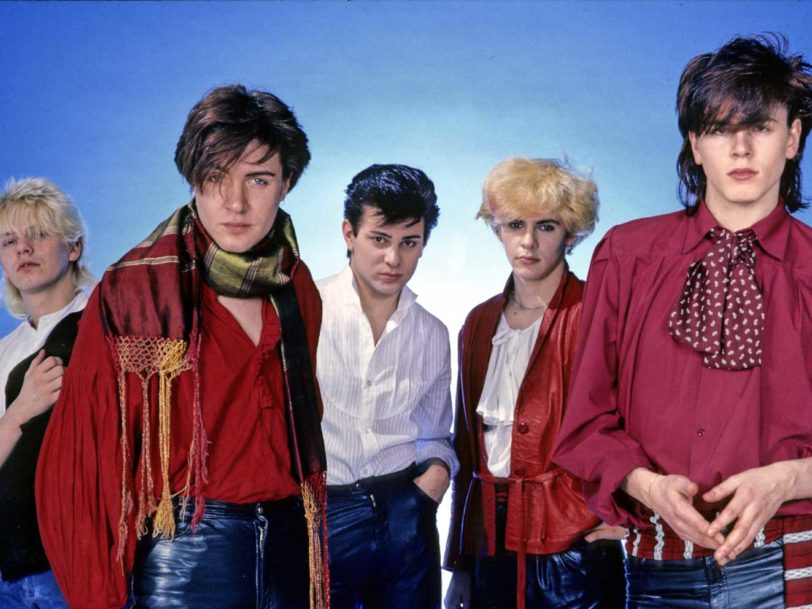With Duran Duran and Spandau Ballet leading the charge from 1979 to 1984, it’s easy to forget how the cultural zeitgeist was once dominated by New Romantic artists. As a plethora of electronic pioneers topped the charts with a spellbinding tonic of synth-pop magic, it’s surprising to learn that the music press of the time tended to argue the music was disposable, levelling accusations of “style over substance” at even the most commercially successful acts. Despite these criticisms, the songs have proven remarkably enduring and still tend to be fondly regarded by listeners today. So what exactly is it about the New Romantics which critics found so objectionable?
With the release of his latest book, Sweet Dreams: The Story Of The New Romantics, journalist Dylan Jones charts the rise of the New Romantics from their early days at the Blitz nightclub in London’s Covent Garden to their commercial peak in the early 80s. It captures oral histories and eyewitness accounts in an effort to reappraise the period as a golden era to rival the Swinging 60s. “I wanted to try and offer some kind of redemption for this period,” Dylan Jones tells Dig! “I think it was a genuinely fascinating period of great creativity.”
“It couldn’t have happened without Bowie”
The biggest musical inspiration on the New Romantic scene was David Bowie, the glam rock icon whose penchant for androgynous role-play and musical flirtations with soul proved hugely influential on the likes of Gary Kemp (Spandau Ballet) and Nick Rhodes (Duran Duran). “It couldn’t have happened without Bowie,” Dylan says, highlighting how Bowie’s fusion of soul and rock on 1975’s Young Americans album was a precursor of where synth-pop songwriters would venture once their electronic ambitions could be realised.




